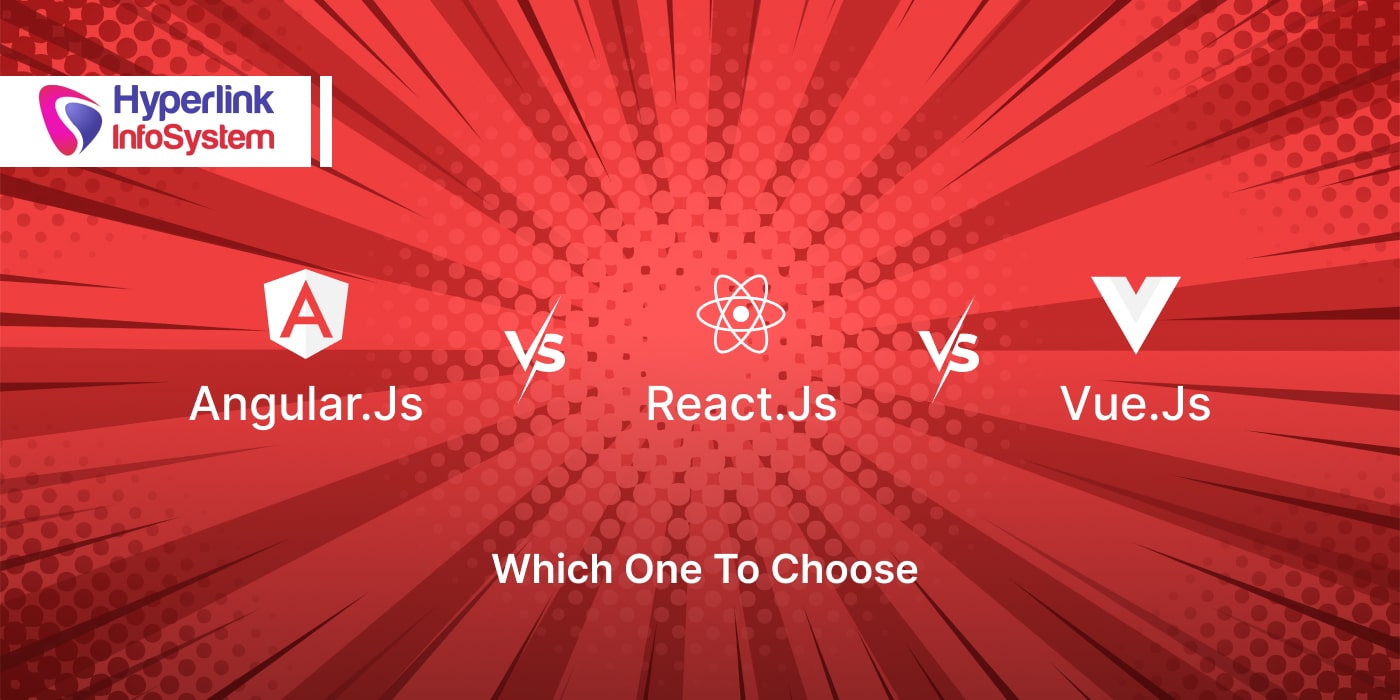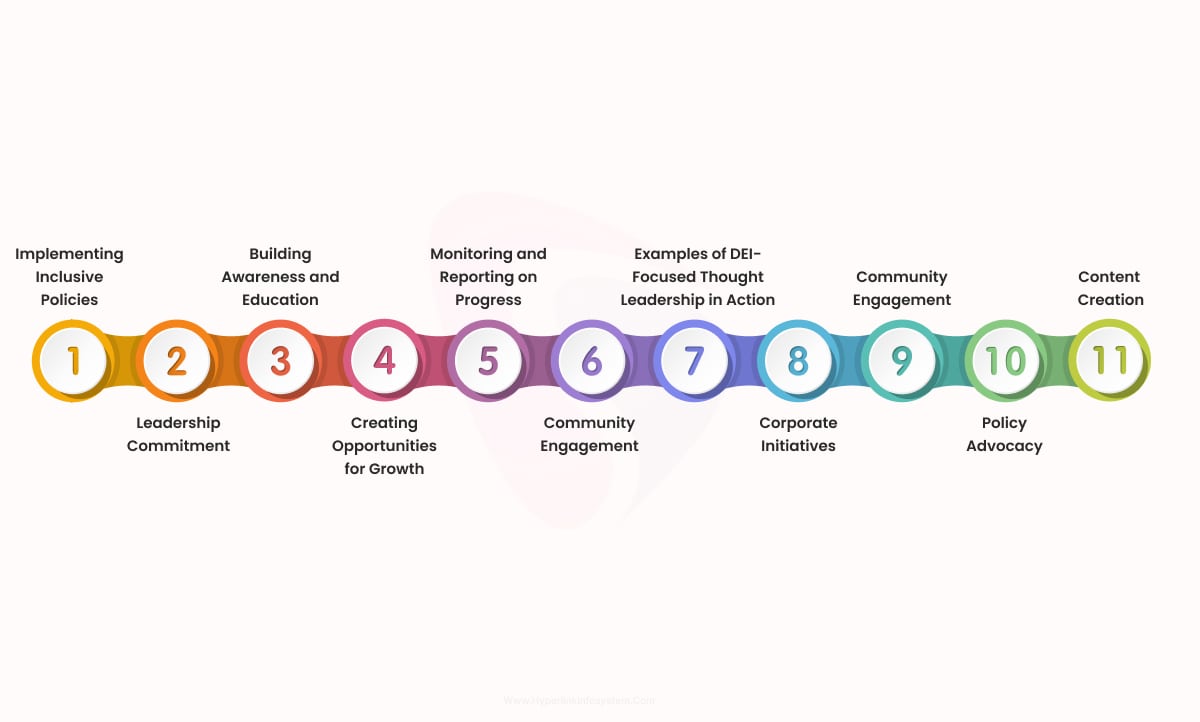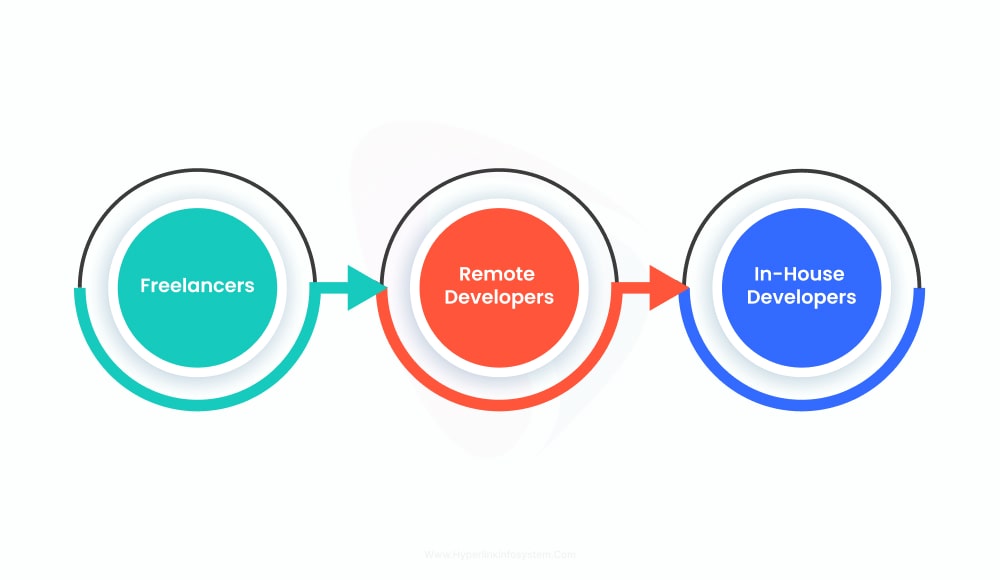Angular vs React vs Vue: Which One Is Better to Choose?
Oct 2024

Whenever it comes to front-end development, developers get confused between different front-end frameworks such as Angular, React, and Vue.js. It is difficult to choose one among all of these front-end frameworks and libraries. Angular is a full-fledged javascript framework, while Vue.js is still a progressive Javascript framework. React.js is not a framework but it is a Javascript library. In this blog, we have crafted a detailed comparison between Vue, Angular, and React.js.
What Is Angular?
Angular is an open-source and multi-faceted JavaScript structure that has been developed and is still maintained by Google. It is used primarily for building single-page dynamic web applications (SPAs). The comprehensive Angular framework integrates various complete web application development tools such as form validation, dependency injection, routing, and HTTP services, among others. There were drastic changes when Angular 2 was introduced, which came along with a new architecture and way of doing things in 2016 to replace the 2010 version, which was known as AngularJS. Over the years, Angular, which is one of the leading web development front-end frameworks, has continued evolving.
The framework's type-safe language and object-oriented programming abilities contribute a lot to the fact that Angular, which is based on TypeScript, is ideal for the design of applications at the enterprise level. The architecture of the application is based on components, thus facilitating the scaling and management of the applications. Moreover, the development cycle, including application scaffolding, building, and deployment, is also streamlined by the use of Angular's powerful command-line interface (CLI).
Use Cases of Angular

- Enterprise Web Applications
Angular has an optimal structure for applications that are robust and easy to maintain. This is attributed to its scalability and built-in features such as dependency injection. Companies like Google, Microsoft, and other companies that create large applications use Angular.
- Video Streaming Applications
Due to the flexibility and strength of the framework Angular, the design of HTML5 multimedia-based applications such as YouTube and other video streaming services among others is easier.
- PWAs (Progressive Web Applications)
Thanks to Angular’s extensive support for developing PWAs, Web apps are equipped with many built-in features that make them effective, efficient, and easy to install.
- Content Management Systems (CMS)
It is great for CMS development since Angular supports rendering dynamic content. Furthermore, employing two-way data binding in CMS applications makes it possible to keep the model and view in constant synchronization.
- eCommerce Applications
Angular’s powerful architecture can handle the complex data structures and high traffic that eCommerce applications often require. Angular is often used in developing the front end of eCommerce platforms.
Benefits of Angular
- Component-Centric Structure: Angular segments your application into levels of components, each in charge of a particular functionality of the User Interface. This promotes testing, maintainability, and re-usability.
- Two-Way Data Binding: In Angular, the data within a model is automatically synchronized with the view, thus speeding up the development process of the user interface. This lessens the amount of code that needs to be written to refresh the view every time the data in the data model is changed.
- The Ample Functionality in the Angular Framework: Angular comes with many built-in resources such as form handling, routing, state management, HTTP client, and internationalization, among others. The most common additional significant means of improving productivity introduced by the CLI tool are pre-set arrangements and auto-generation of codes.
- Comprehensive TypeScript Support: TypeScript enhances the JavaScript language by introducing classifications and object-oriented programming capabilities. Angular is constructed using TypeScript. This makes the codes easier to read and helps in identifying errors within the development process at an early stage.
Cons of Angular
- Difficulty in Learning: With Angular being an all-encompassing framework, it has a steeper learning curve when compared to other frameworks such as Vue or even React. Specifically for beginners, getting acquainted with the many elements available such as modules, services, dependency injection and many more takes time.
- Long and Complicated Code: As much as there are good things about Angular’s strong type and object-oriented design, this also has the disadvantages of a lot of boilerplate code which makes the feeling of development quite verbose, especially in case of short projects.
- Performance Issues in Complicated Applications: Despite Angular performance augmentation techniques, large-scale applications with a lot of data binding and myriad components, for instance, are likely to experience some lags. This calls for other optimization techniques such as lazy loading and OnPush change detection.
- Frequent Improvements and Radical Changes: Angular has undergone major improvements in versions, and sometimes it has radical changes. Due to this, developers are required to periodically update their applications which tend to be very time-consuming.
- Lack of Freedom: Angular comes with a lot of features, which can be a disadvantage for some developers. Some developers may have issues with the architectural design as the framework comes with all the required features but some developers want more freedom to choose different libraries and ways of development.
- Performance Penalty due to Two-Way Binding: Two-way data binding is considered an advantage of angular frameworks. However, in the case of large applications, there might be performance issues due to the angular frameworks’ hierarchal way of managing all the data model changes in a timely matter to avoid render lags.
What Is React.js?
The main aim of the open-source JavaScript framework, known as React, is to build user interfaces, especially for single-page applications (SPAs). Like most of its projects, React is also aimed at building dynamic interactive websites composed of reusable UI components. As opposed to other frameworks, React is primarily a library that deals with the ‘view’ or user interface of the application, hence not a full-blown framework. React as a library is more flexible than Angular due to its many inbuilt features. It can be used along with other libraries or frameworks to provide functionalities such as state management or routing.
The primary task of React is to update and render its components upon any changes made to the data. A virtual DOM is used to this end. For change detection, React uses VDOM, which is a lightweight version of the real document object model. Rather than redrawing the entire user interface, React enhances performance by only redrawing the relevant sections of the DOM when data changes.
Use Cases of React.js

- Single-Page Applications
A very good use case for React would be SPAs (Single Page Applications), which is an application where a page would only need to be reloaded when dynamic data changes and the app is loaded once and for all. React is employed for this on Facebook, Instagram, and Airbnb, among others.
- Dynamic web applications
Dynamic web applications, such as social networks, dashboards, and eCommerce that need constant user engagement, are well suited for creation using React because of the component-based architecture and efficient rendering processes.
- Cross-Platform Apps
By employing the React Native framework, developers can build native mobile applications on iOS and Android operating systems while only using one codebase. Thus, React becomes an attractive proposition for companies interested in the mobile market but not keen on building separate applications for all the platforms.
- Engaging User Interfaces
Given React's fast rendering capabilities and component-based architecture, it is the best option for applications that require rich interactions (such as dragging and dropping, filling out forms, using sliders, etc.).
- Progressive Web Applications (PWAs)
These are web apps accessed from a web browser but designed and used like a mobile application. They can be developed in React along with other tools or frameworks.
Benefits of React.js
- Component-Oriented Structure: The fundamental advantage of React indubitably lies in its ability to create applications using discrete and strictly reusable building blocks that make interfaces. It encourages better organization and maintenance of code. Furthermore, this modularity eases testing and debugging.
- Enhanced Efficiency with Virtual DOM: Thanks to the Virtual DOM built into React, there is less need to manipulate the real DOM directly, leading to quicker updates and enhanced performance, more so for the applications with ever-changing data.
- Declarative syntax: A prominent feature of React is its declarative nature. This means the developers can express how the complex user interface should look in different states, and the library will take care of all the changes needed. This especially helps when working on complex applications as the code becomes easier to manage and understand.
- Unidirectional Data Flow: React is based on unidirectional data flow where data is passed from the parent component to the child component. This is quite useful in debugging and helps in understanding the processes of data manipulation and its movement within the application.
- Unfettered Ecosystem and Assistance: Redux and React Router are just a few third-party modules, plugins, and tools available in the large ecosystem of React. Content such as comments, wikis, blog posts, and many more always come with regular updates and new features owing to the large community.
- Create Once, Run Everywhere Using React Native: The mobile applications built with React Native allows the developers to build mobile applications with only JavaScript and the principles of React, which allows for easier code sharing everywhere actively connected with the web application. As it is a library and does not comprise the entire solution, React can be easily interfaced with other libraries, tools, or even back-end technology such as Node.js. Such flexibility allows for effective and tailored solutions based on the size of the project at hand.
Cons of React.js
- Difficult to Learn for Newbies: React is not a hard language to pick up, more so, its ecosystem can be quite hard. This challenge of a learning curve for developers is further compounded by the need to understand other utilities such as Redux or building tools like Webpack and also routing libraries.
- Use of JSX: In the case of React, an advanced syntactic extension called JSX is used, which enables the embedding of HTML directly into Java Script code. JSX is thought of by some developers as simple and easy to use, while for others, it is a very distinct and complicated view of the traditional separation of concerns of HTML, CSS, and JavaScript.
- Insufficient Structure: Since React is limited to the view layer only, developers have to use additional libraries or frameworks for other functions while building applications such as navigation, submission of forms, or managing application states. Especially in larger projects, this could cause disparities in results, as well as more time taken to set things up.
- Frequent Revisions: The development of the React ecosystem is quite rapid meaning that new updates or features are implemented over short periods. This ensures that the library remains relevant and current but this also poses difficulties for the developers in terms of keeping up with the changes and the recommended practices, especially in the course of long projects.
- State Management Complexity: Managing the state in large applications can become complicated, and while libraries like Redux or Context API can help, they introduce additional layers of complexity that may be overkill for smaller applications.
- Poor Documentation for Some Tools: While React itself has comprehensive documentation, many third-party libraries or tools within the React ecosystem can have poor or incomplete documentation, making it harder to integrate them smoothly into projects.
- Performance Issues with Large Applications: In very large applications with many components, performance issues may arise due to unnecessary re-renders. While React provides tools like memoization and hooks to mitigate this, it still requires careful optimization by developers.
What is Vue.js?
Vue.js is an open-source framework based on JavaScript that is designed to facilitate the development of user interfaces and single-page applications (SPAs). Created by Evan You in 2014, Vue owes much of its popularity to its versatility, lightweight nature, and ability to work in various applications. Since Vue is a progressive framework, you can use it as a complete framework to build complex, rich SPAs or use it to enhance the interactivity of existing web applications.
Thanks to its design, developers can begin using Vue for small-scale projects and later upgrade or intensify usage as the application grows more complex. By Vue’s component-based architecture and reactive data binding, developers can decompose the user interface into smaller, reusable components. Furthermore, the framework offers simplified event handling and DOM manipulation with the use of directives (e.g. v-if, v-for, etc.).
Use Cases of Vue.js

- SPAs (Single-Page Applications)
Vue has a lot of qualities that contribute towards making it a good fit for building SPAs. SPAs are quite simple to employ for several systems, including simple blogs or pictures to more complicated encased web systems. It is compact, flexible, and more importantly, grows as the application grows.
- Dynamic Web Apps
Besides SPAs, Vue is also very useful when it comes to building dynamic UI for web-based applications. This is because it's able to handle real-time updates, input forms, and the presentation of information with a lot of complexity about the application like dashboards and social networks bound to session tracking and very active user input such as in collaboration workspaces.
- Progressive Web Applications (PWAs)
With the assistance of tools such as Nuxt.js, we can build Progressive Web Apps (PWAs) using Vue where performance, ability to work offline, and mobile approach come naturally.
- E-commerce Websites
From the content management perspective of an eCommerce site, interactivity such as product filtration and live updates is vital and hence Vue is the best option for so. This is because rendering is easy and fast.
- MVP Development and Prototyping
Due to a short turnaround time and low learning curve, Vue is often adopted in MVP development and prototyping. This is due to the ease in understanding the framework which enables the rapid deployment of applications.
Benefits of Vue.js
- Basic Learning Curve: Vue has received several praises because it is very simple and understandable. The clear-cut documentation and the beginner-friendly syntax of Vue make getting started with the framework easy even for developers who have little or no experience working with JavaScript frameworks. Even developers with a basic understanding of HTML, CSS, and JavaScript can learn Vue with ease.
- Component-Based: Same as React and Angular, Vue follows a component-based paradigm that helps in organizing and reusing UI components. This technique helps in keeping the code more manageable and easier to scale, especially for bigger projects.
- Fast and Lightweight: Because it is smaller in size than most front-end frameworks, Vue outperforms most of them and it is quicker to load pages. The size of the framework does not go beyond 20-30KB after minification, enabling easy and fast initialization.
- Two-Way Data Binding: Like Angular, Vue provides for two-way data binding. This feature allows the user to change the data in the model while the view updates automatically easily and rapidly without resorting to sophisticated updates of the DOM.
- Flexibility and Modularity: Vue as a tool has various applications. Simple interactive widgets can be built with Vue or one can build entire SPAs with the Vue framework. This is the reason why it is possible to use this technology in combination with libraries and other projects without very serious problems.
- Reactivity System: Auto-refreshing user interfaces are guaranteed by Vue's dynamic data binding system, which ensures that any modifications made to the data reflect on the user interface. Due to its dynamism, it is possible to keep the state of the application and the views in sync without the need for explicit update calls.
Cons of Vue.js
- Less Community and Ecosystem: When it comes to frameworks, Vue is no doubt much younger than React and Angular, and this is clear from the community or the ecosystem. This is sometimes more so for very niche cases in that there may be few plugins external libraries, or even documentation.
- Over Versatility: Vue presents a lot of versatility which is a blessing and a curse. The versatility of Vue may cause teams within organizations to adopt different modes of development which complicates the management of scope when there are no hard rules.
- Limited Acceptance by Enterprises: Both indeed learned and practical knowledge are on the rise but still not many corporations have picked up Vue instead of implementing either Angular or React. This especially applies to those situations where large organizations are looking for a commercially viable solution for the foreseeable future, and of course, this raises concerns over the issue of support.
- Complexity in State Management: Even though Vuex (the state management system in Vue) eases the maintenance of large applications, its use in managing very large applications can be complex and challenging, just like the problems faced using Redux in React.
- Absence of Mature Plugins and Tools: Vue’s ecosystem is still developing, though it still does not have the same wealth of third-party tools and resources as Angular or React. Sometimes, the developers may be forced to use poorly developed plugins or even build their custom solutions for the desired functionality.
- Lack of Mobile Development Experience: While Vue can work in conjunction with the NativeScript framework to develop mobile applications, it is not widely adopted in this area due to the relatively underdeveloped and unpopular mobile app development ecosystem as compared to that of React Native and Flutter.
Comparison between Angular, React, and Vue

When it comes to Angular vs React vs Vue, there are many factors based on which you can decide on suitable frontend frameworks as per your requirements.
- Popularity
Of the three, React heads the list in terms of usage, largely adopted by both small and big companies. This is followed by Angular, which enjoys Google’s support and has a large share of corporate applications. However, despite the speed of adoption of this framework, Vue is still seen to be below Angular and React, especially within the business context. This, however, does not deter developers from loving Vue for its ease and ability to fit into already coming-up applications.
- Ecosystem
There's a wide array of state management, routing, as well as other utilities with third-party libraries and plugins in the React ecosystem. Practice from the manipulation of routes, handling of forms, and making of HTTP requests is readily available with Angular as it provides an entire ecosystem off the shelf. Even though Vur's ecosystem is not as broad as those of Angular or React, it is however sound due to the establishment of Vue CLI, state management through Vuex, and server-rendered applications through Nuxt.js.
- Architecture
Although it is component-driven and purely concentrates on the view layer which makes React very flexible in its design, additional tools are still needed to handle state and routing. All things considered, Angular is also a full-fledged MVC framework that is better structured overall. While designing structures like React, but much easier with components is Vue which also supports features such as two-way data binding but is quite lighter than Angular.
- Rendering
To optimize the efficient rendering of components, React employs the concept of a virtual DOM such that only the components that have undergone data modification are re-rendered. In contrast, as Angular uses real DOM by default, it has a change detection algorithm in place to prevent excessive rendering. Similarly, Vue also utilizes a virtual DOM and allows for fast rendering without complicating the framework.
- Tools
While the ecosystem of React has numerous tools offered by third-party users, more often than not, the developer has to choose and configure each of them separately (Redux, for example, in the case of state management). On the other hand, Angular provides a more unified framework since it has everything built in, such as Angular Material, Angular CLI, and testing kits. These AngularJS development tools are awesome especially for projects towards establishing the interface and organizing the states since the set of tools such as Vue CLI, Vue Router, and Vuex, which are available in Vue development tools, are midway between Angular’s ready-made solutions and React’s manipulation.
- Performance
React and Vue are well-known for their unbeatable performance due to the use of virtual DOM implementations that allow for faster updates and rendering in dynamic applications. Angular, on the other hand, may suffer a little bit in terms of performance in smaller projects, thanks to the weight that it carries. Nevertheless, its change detection technique in many instances helps to improve performance to the greatest benefit. As being less bulky, VUE often shows a slightly better performance in small applications. Between react vs angular, react provides better performance.
- Startup Loading Time
When it comes to lighter applications, Vue is recommended to users since it has the smallest bundle size among the three and hence the fastest starts. Similarly, while the size of the React bundle can be reduced through the use of tools such as Webpack, it still requires more initial setup compared to Vue. In the comparison between Vue and Angular, thanks to its larger size and built-in features, Angular tends to have longer initial load times but some features, such as lazy loading, help solve this challenge.
- Scalability
Due to its all-inclusiveness and orderly structure, Angular serves the best for enterprise applications. While the appropriate libraries allow the expandability and retrenchment of React for tons of applications. In the community of obsessively extended libraries, there is Vue too. It is scalable, similar to Angular, however for quite big applications, additional staffing might be required, like Vuex and Vue Router, to cope with the complexities. Hence, this makes it less viable for huge and complex systems. Between React vs Vue, React is more scalable for web app development.
Conclusion
When considering which framework among Angular, React, and Vue to go for, the choice is largely determined by the specific needs of the project in question. Angular is most suited for heavy-duty enterprise projects with many out-of-the-box solutions. React is an adaptive and great option for any dynamic and interactive UIs in any kind of application. Vue has its strong point in being uncomplicated and easy to incorporate into projects; hence, it is perfect for small applications or working on existing ones. Each has its benefits, but the one that you choose should correspond to the extent, the anticipated efficiency, and the sustainability of the project.
It is not about the framework; rather it can provide a developer that one can trust. Hyperlink InfoSystem is an impressive web application development company that makes use of the best frameworks and tools such as Angular, React, and Vue tailored to client needs. There are capable developers and solutions built for you to cost-effectively achieve your goal. Allow us the opportunity to assist in the success of your next endeavor!
Frequently Asked Questions
Well, it depends on the project requirements, if you are looking to develop a website with interactive features then React is the best choice whereas Vue.js is easy to work with and suitable for small-scale web applications. Angular is generally used for enterprise-level web applications.
According to the data, React JS is the most popular and in-demand framework in 2025.
Vue is faster than Angular because of its lightweight architecture.
Latest Blogs

Is BlockChain Technology Worth The H ...
Unfolds The Revolutionary & Versatility Of Blockchain Technology ...


IoT Technology - A Future In Making ...
Everything You Need To Know About IoT Technology ...

Feel Free to Contact Us!
We would be happy to hear from you, please fill in the form below or mail us your requirements on info@hyperlinkinfosystem.com
Hyperlink InfoSystem Bring Transformation For Global Businesses
Starting from listening to your business problems to delivering accurate solutions; we make sure to follow industry-specific standards and combine them with our technical knowledge, development expertise, and extensive research.
4500+
Apps Developed
1200+
Developers
2200+
Websites Designed
140+
Games Developed
120+
AI & IoT Solutions
2700+
Happy Clients
120+
Salesforce Solutions

40+
Data Science

















